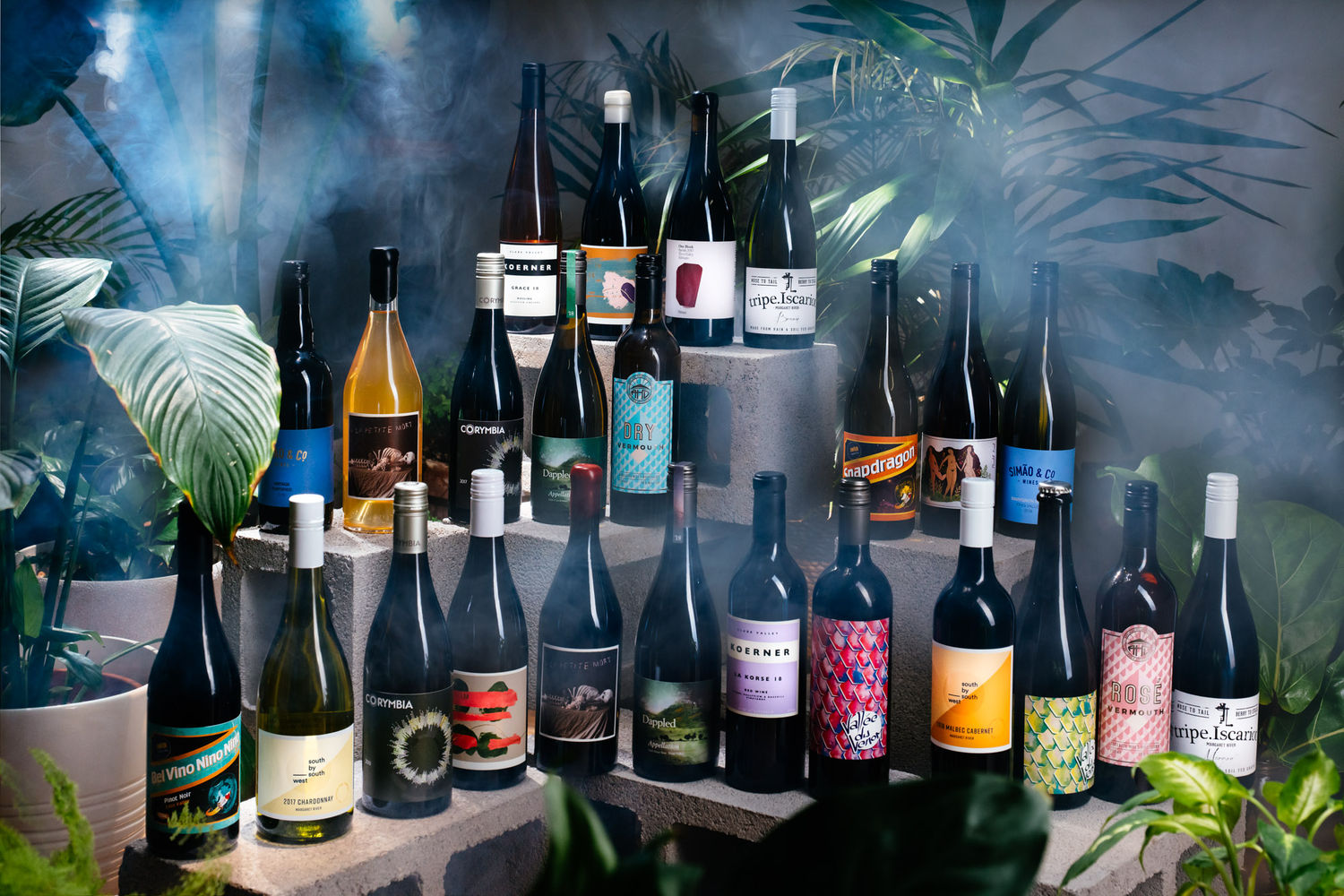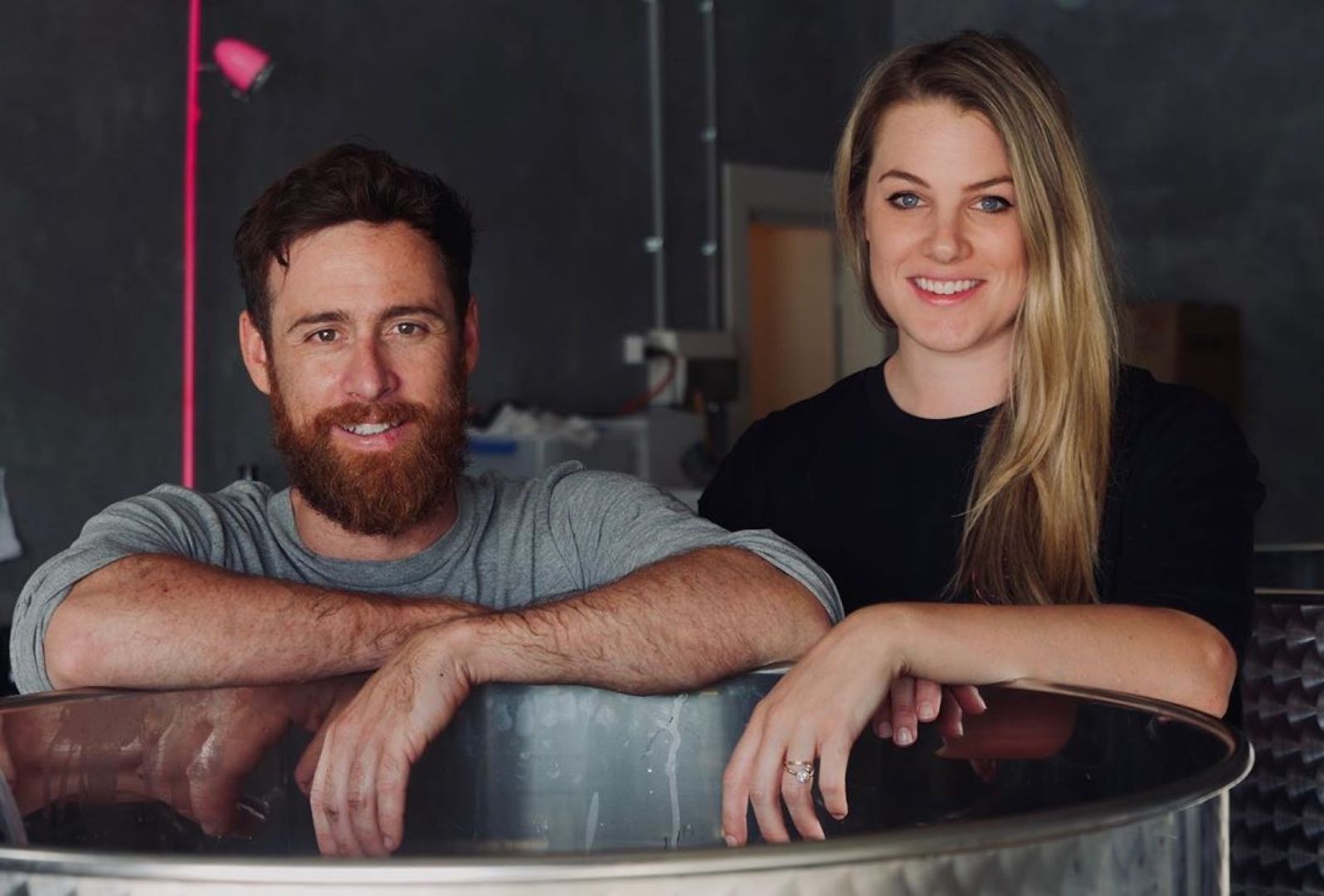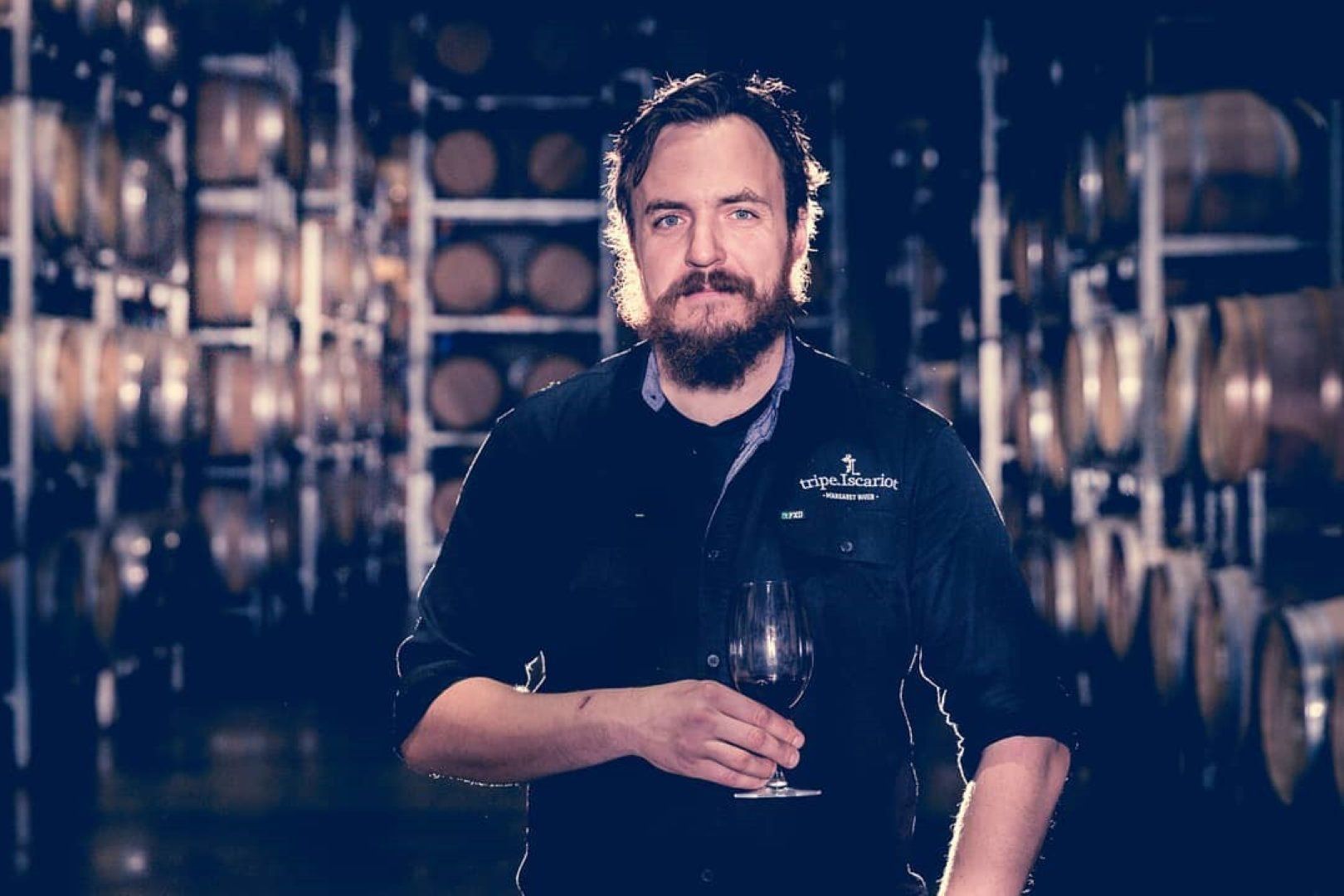The analogy grabs attention straight away – the idea of a “nose to tail” wine. Winemaking that uses “the whole beast”. For Margaret River winemaker, Remi Guise, it all makes perfect sense.
“I’ve spent a great deal of time chewing on skins, cracking seeds between my teeth and sucking on stalks, forcing me to ask: ‘Why are we getting rid of all this flavour?’,” he muses. “So I started tripe.Iscariot truly as an experiment in flavour, texture and style.” The use of solids in his wines allows Remi the “positive” point of taste difference that he seeks when it comes time to stick his nose in a glass. “I really want my wine to be textural,” he explains, “because it matches more with food.”
A natural marriage that is, believes Remi, a huge part of the wine drinking experience. But Remi is the first to admit that his initial super gung-ho approach to philosophical difference has calmed a little since the birthing of his label seven years go. Experience and time has led him to believe that the “status quo” around winemaking methods exists for a reason: “I’ve changed my mind about some ideas, going back to being more traditional in some ways.”
Experience and maturity equals humility. There is a generosity and an honesty in this approach – not pushing the bounds for extremism’s sake, but of respecting tradition while still managing to find self-expression within it.
Just don’t expect to see a Sauv Blanc on tripe-Iscariot’s list anytime soon. “You have to believe in what you’re doing and I’ve wanted to ensure I only ever make wines I wanted to drink,” says the man whose palate clearly isn’t orientated toward the popular white style. “At least that way if no one wants to buy it,” he laughs, “I can still drink it.”




